China's tutoring crackdown: It is not a random act by the Chinese government
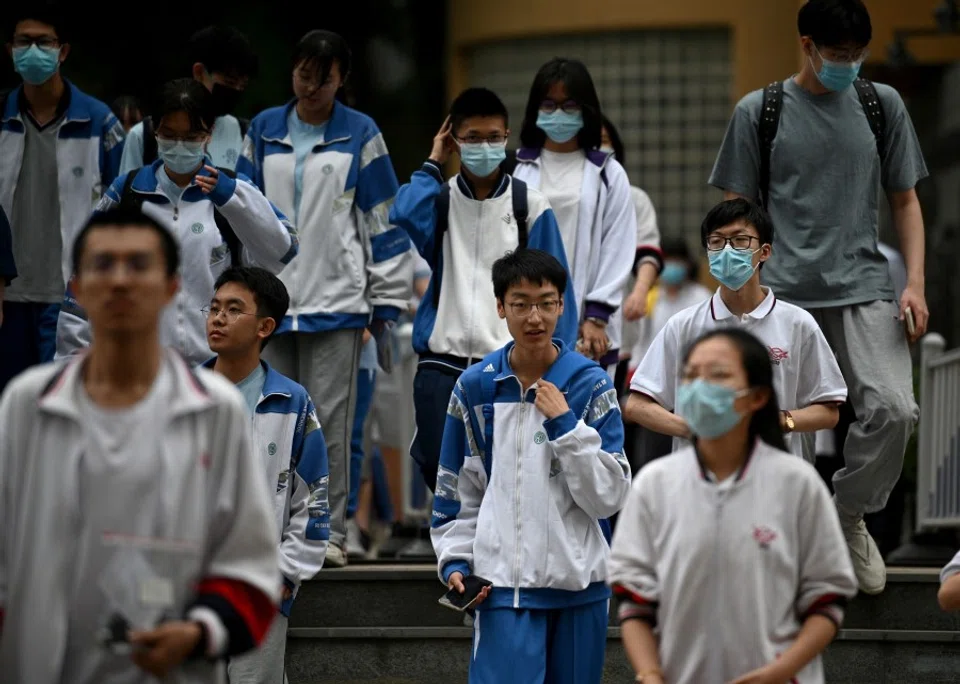
The "double reduction" policy (reducing the burdens of homework and after-school tutoring) for K12 or basic education has led to a plunge in the share prices of the private education industry, which has further triggered an overall plunge in China concept stocks. Many have commented that investing in China shares is like investing in "blind boxes" or mystery prize boxes, where the government can implement sanctions at any time, and their advice is to stay away from China concept stocks completely. The fact is, these people do not understand China, and have not done the necessary homework for investing.
From the current government's first work report in 2013, education has been one of these areas of dissatisfaction, and this has continued since then.
The Chinese government's policies are not rolled out at random, but are highly stable and predictable. There are two clear dimensions in assessing whether a China concept stock faces policy risks. First, official media reports and government work reports would offer an advanced assessment of the Chinese government's basic stance towards an industry or sector. Second, an understanding of how an industry or sector relates to the core objectives of the Chinese government's current policies would also provide clues.
Let us take a look at the Chinese government's general stance towards the education sector. In its annual work report, the Chinese government usually lists the areas that people are not happy with. From the current government's first work report in 2013, education has been one of these areas of dissatisfaction, and this has continued since then.
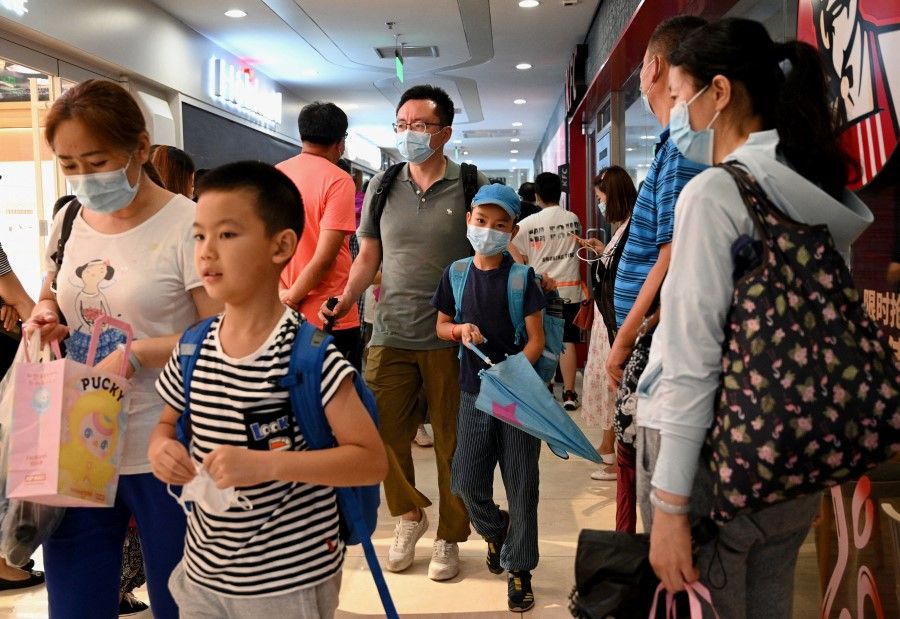
The following are quotes from the annual government work reports.
2013: "Social problems have increased markedly, and many problems in the areas of education, employment, social security, medical care, housing, the environment, food and drug safety, workplace safety, and public order affect people's vital interests. Some people still lead hard lives."
2014: "There are still many problems which people are unhappy about in housing, food and drug safety, medical services, old-age services, education, income distribution, land expropriation and resettlement, and public order. Serious and major industrial accidents occur frequently."
2015: "There are still many problems of public concern in medical services, elderly care, housing, transport, education, income distribution, food safety, and law and order."
2016: "There are many problems in medical care, education, elderly care, food and medicine safety, income distribution, and urban management that are of concern to the people. The situation remains grave when it comes to environmental pollution, and some regions are frequently hit by severe smog."
2017: "There are also many problems causing public concern in housing, education, healthcare, elderly care, food and drug safety, and income distribution."
2018: "People still have a lot of complaints about air quality, environmental sanitation, food and drug safety, housing, education, healthcare, employment, and elderly care."
2019: "There is still public dissatisfaction in many areas, such as education, healthcare, elderly care, housing, food and drug safety, and income distribution."
In 2020, as the focus was the impact of the pandemic, this standard update was omitted, and is not included here.
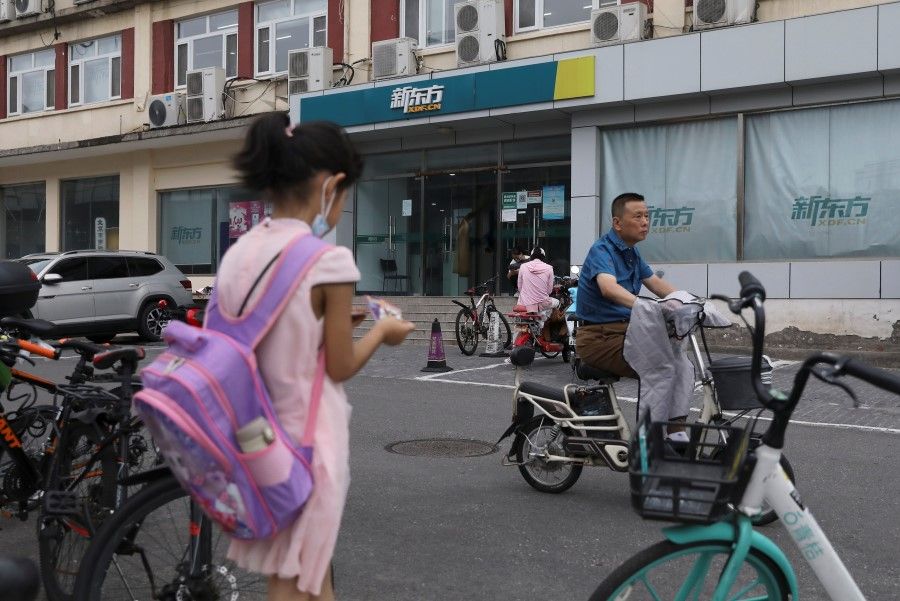
And so, one thing to be clear of is that the education sector is one that the government has been looking at and has not been happy about. For such sectors, we need to keep a close eye on the government's policy planning, as they have low policy stability. Many public intellectuals and media personalities have complained that China's policies make no sense, like Thanos snapping his fingers - but that is not true.
Next, let us take a look at the relationship between the education sector and the Chinese government's core objectives in policy making.
One major incident of 2021 was that China announced the figures of its seventh population census. And while the government's understanding of the actual population situation clearly goes beyond just census figures, these figures from the authorities serve to present the current situation to society at large as well as to all governing agencies. Besides, it also helps gain social consensus. And one key consensus from the latest census figures is that China is facing a critical population issue.
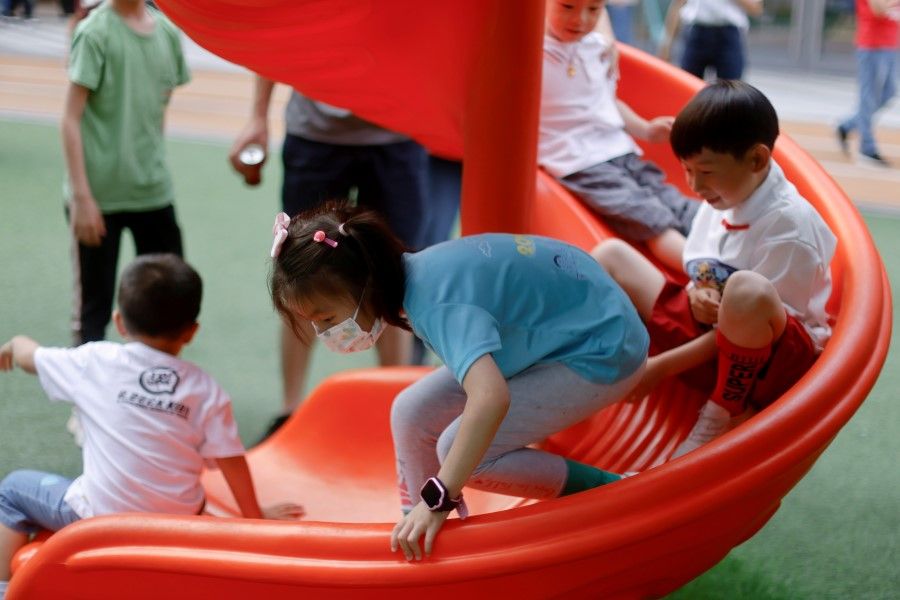
Between 2010 and 2020, the proportion of people aged 60 and above increased by 5.44%, while the elderly aged 65 and above accounted for 13.5% of the population. The population is ageing at an unprecedented speed and scale. Unlike the US, Europe, and Japan, China has its planned childbirth policy, and its population policy has undergone a major shift from encouraging childbirth to planned childbirth. In 2022, China will become an aged society where the elderly account for 14% of the population; a super-aged society by about 2033, where the proportion of elderly is over 20%; and subsequently, the proportion of elderly will rapidly increase to about 35% by 2060. If the low birth rate remains unresolved, China will accelerate into becoming an ageing society, which would have a severe negative impact on its economy and overall national strength.
China's total fertility rate (TFR) was only 1.3 last year, and sociologists have an idea of key factors suppressing it - the cost of off-campus tutoring takes a disproportionate amount of expenditure for young families.

Note that this is just the proportion of family expenses for off-campus tutoring; the entire package for raising a child would account for an even higher proportion. According to a study by the 21st Century Economic Research Institution (21世纪经济研究院), children's education accounted for 52% of the expenditure of middle-income families in 2019, about the same as housing rental or loan. These were the two categories accounting for the highest proportion of regular expenditures for ordinary households (the figures include overlaps, for instance, monthly food and lodging for children in school was considered regular expenditure as well as educational expenses).
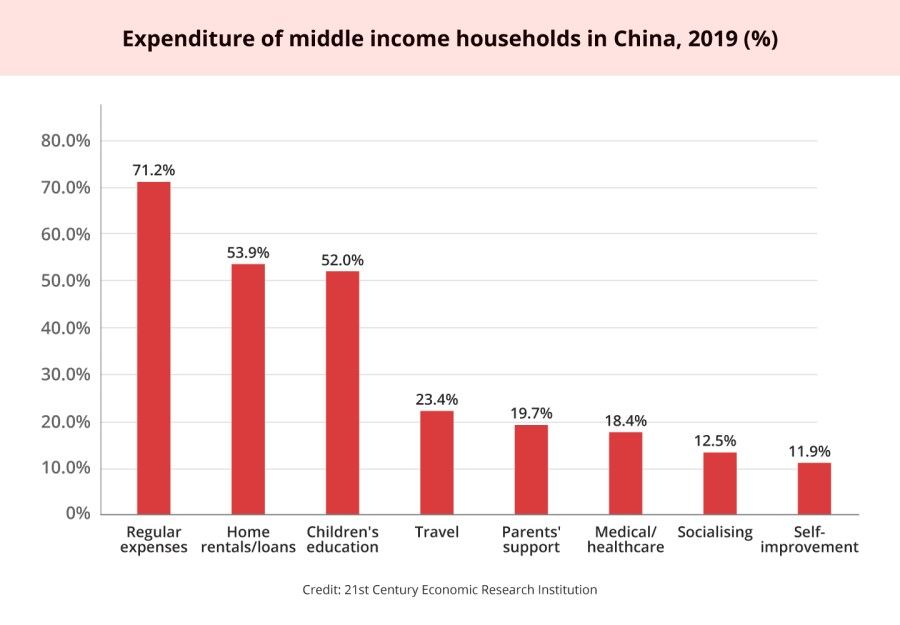
So, reducing the costs of bringing up children is considered a key factor in resolving young families' reluctance to have children due to affordability. To resolve China's difficult population issues, keeping home prices low and making sure that homes are for living in and not flipping, and reducing the percentage of income that middle-income households put into education, have become the core objectives of China's policymaking.
From these two perspectives, it is easy to see that off-campus tutoring institutions are a key sector for China to roll out policies to regulate them, and one has to be very careful when investing in that sector, because it might face national policy adjustments at any time.
Related: China's tutoring crackdown: Is the Chinese government prepared for its consequences? | China to impose strict measures on tuition centres to allay anxiety over education | Why China is cracking down on big capital | Faster, higher, stronger: China's kids pushed to breaking point | A Chinese education: Why are Chinese parents and kids going to extremes?
